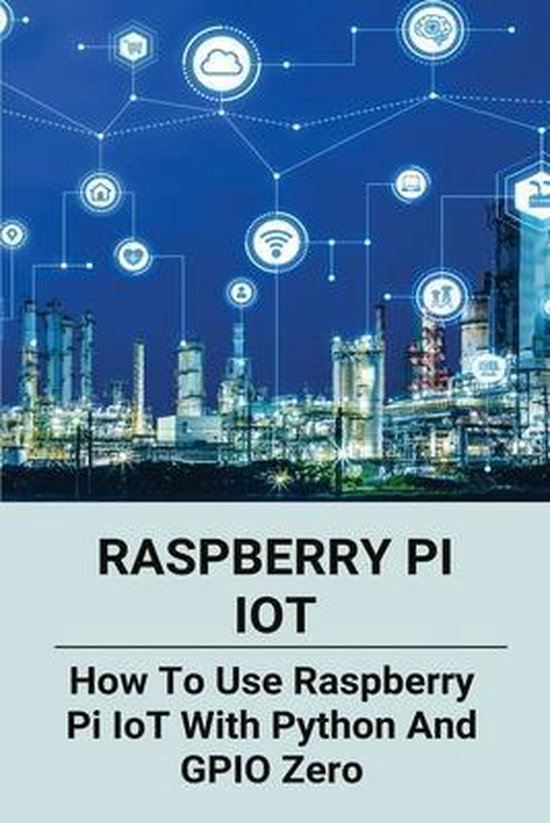In today's fast-paced technological world, the Internet of Things (IoT) continues to revolutionize how we interact with devices. Whether you're a tech enthusiast or a professional looking to enhance your skills, understanding how to set up a remote IoT Virtual Private Cloud (VPC) network using Raspberry Pi and AWS is a game-changer.
Understanding EC2 and VPC in AWS
EC2, or Elastic Compute Cloud, is a virtual server that runs on the AWS cloud platform. It allows users to launch instances, which are essentially virtual machines, to host applications, databases, or any other computing tasks. Selecting the right configuration for your EC2 instance is crucial for optimal performance.
A VPC (Virtual Private Cloud) in AWS is a networking feature that enables you to create an isolated section of the AWS cloud where you can launch AWS resources in a virtual network that you define. This setup enhances security and control over your resources.
Setting Up a Remote IoT VPC Network
Setting up a remote IoT VPC network using Raspberry Pi and AWS involves several steps:
- Provisioning a Raspberry Pi: Start by configuring your Raspberry Pi with the necessary software and libraries to connect it to the internet.
- Creating an AWS VPC: Use the AWS Management Console to create a VPC tailored to your needs. Ensure proper subnets, routing tables, and security groups are configured.
- Connecting Raspberry Pi to AWS: Securely connect your Raspberry Pi to the AWS VPC using SSH or other secure protocols. This connection allows your device to communicate with AWS services seamlessly.
This integration empowers modern technology enthusiasts to leverage the power of cloud computing for their IoT projects.
Networking Considerations
For more advanced setups, consider moving your application runners into the VPC to route all outgoing traffic through it. This ensures better control and monitoring of data flows. For detailed information, refer to the Amazon Virtual Private Cloud documentation.
To connect devices in the field on remote networks, such as a corporate network to your Amazon VPC, establish a secure connection via a dedicated VPN channel. This setup ensures that all communications remain private and secure.
Choosing Between Arduino and Raspberry Pi
When deciding between Arduino and Raspberry Pi for your IoT projects, consider the following:
- Arduino: Best suited for simple, low-power consumption projects requiring real-time processing.
- Raspberry Pi: Ideal for complex projects involving multimedia, AI, or cloud integration due to its powerful processor and operating system capabilities.
With over 8.5K+ learners exploring these platforms, both options offer unique advantages depending on your project requirements.
Enhancing Security with VPC Flow Logs and NACLs
To enhance the security of your VPC, utilize features like VPC Flow Logs and Network Access Control Lists (NACLs). These tools provide visibility into traffic patterns and enforce strict access controls, ensuring your network remains protected against unauthorized access.
Practical Example: Building an Internet-Connected Camera
An excellent example of combining Raspberry Pi with AWS services is building an internet-connected camera. This project involves setting up a Raspberry Pi to capture images upon button press and uploading them securely to an S3 bucket. Such applications demonstrate the versatility and potential of IoT solutions powered by AWS.
Conclusion
As more devices become interconnected, the ability to manage and secure remote IoT networks becomes increasingly important. By leveraging tools like Raspberry Pi and AWS VPC, developers can create robust, scalable, and secure IoT solutions. Whether you're a beginner or an experienced professional, exploring these technologies opens up endless possibilities for innovation.
For additional resources, check out tutorials on ReactJS - Props Overview, AWS Data Pipeline, Amazon Lightsail, and Amazon SES. These guides will help deepen your understanding of cloud computing and web development concepts.
Remember, the world of IoT is vast and ever-evolving. Stay curious, keep learning, and embrace the opportunities this exciting field offers!

